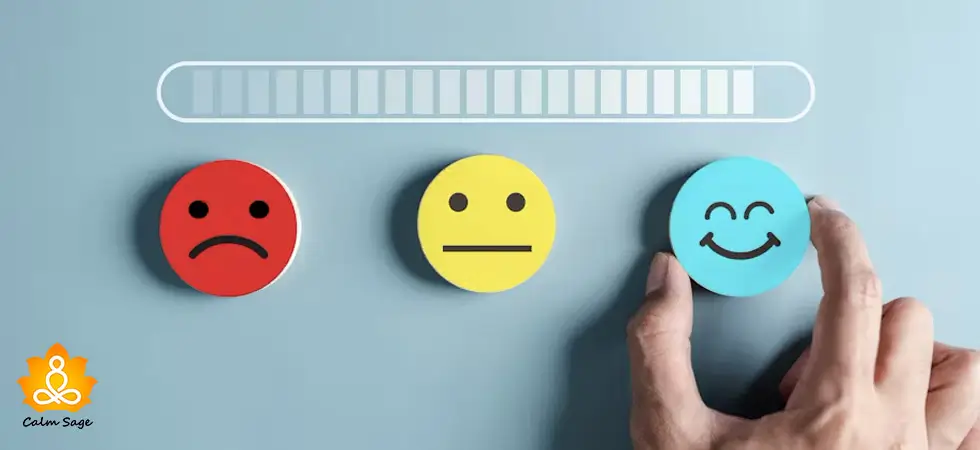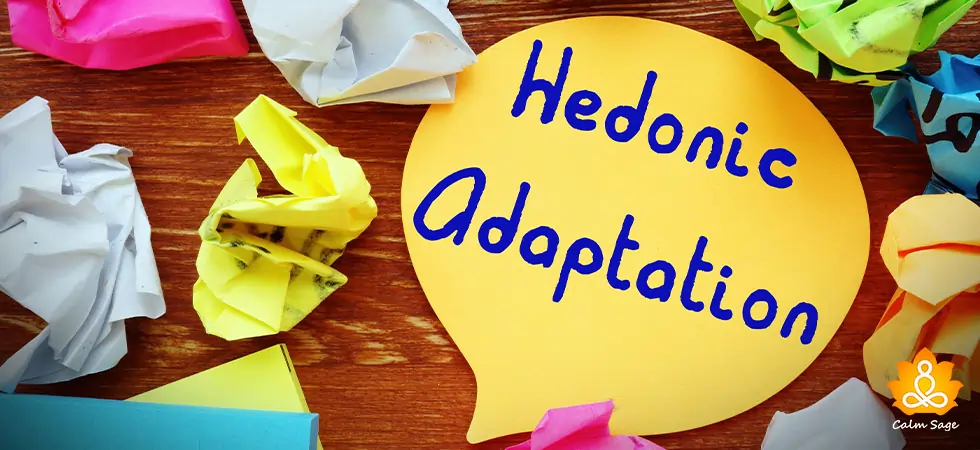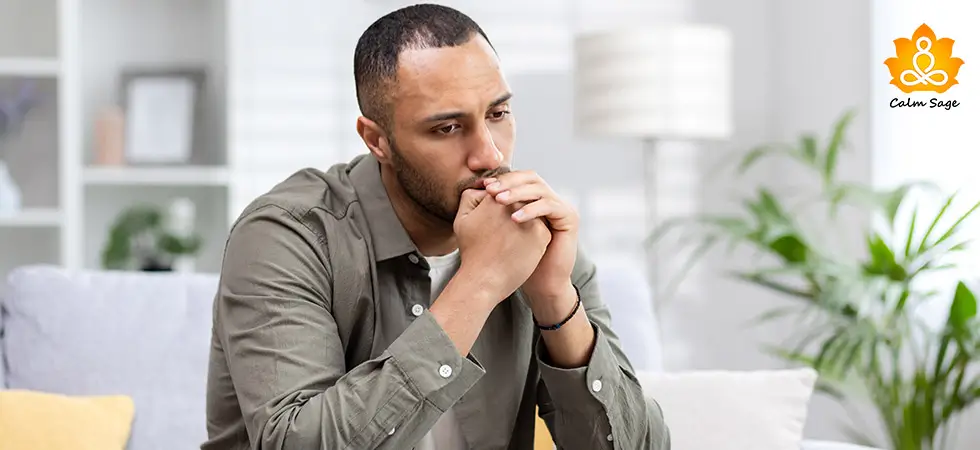The Butterfly Hug – What is it? Does it help cope with anxiety and PTSD?
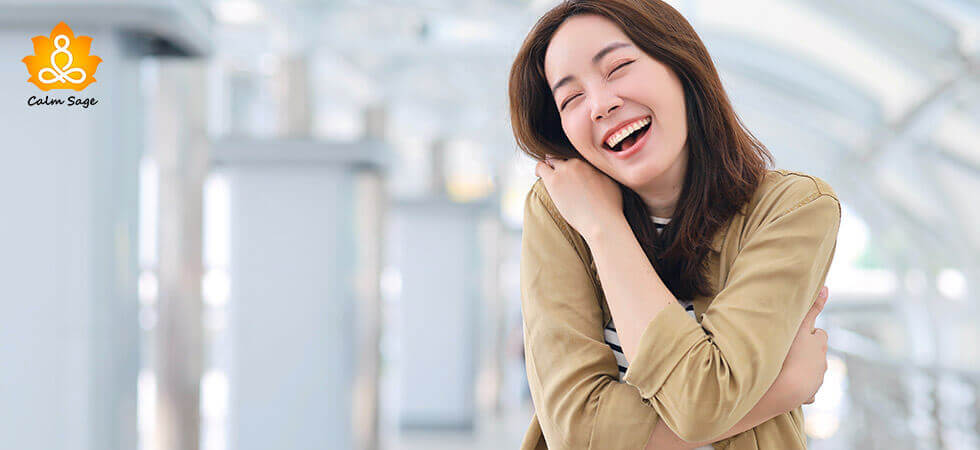
Living with a mental health condition that affects your daily activities, especially anxiety or post-traumatic stress disorder (PTSD), can be challenging. Hence, one must find effective coping mechanism techniques to overcome these conditions. Butterfly hug is one such technique that is said to work with people struggling with anxiety, PTSD, and restlessness.
Over the years, the technique has gained popularity and is said to work for people with mental health conditions. In this blog post, we will understand what this technique is, its benefits, how it helps people with anxiety and PTSD, and steps you can use to make it part of your self-care routine.
What is the Butterfly Hug Technique?
It is a straightforward therapeutic exercise that everyone can easily perform anywhere and anytime. It originated from the Eye Movement Desensitization and Reprocessing (EMDR) method and involves gently tapping shoulders individually by crossing the arms. As the individual crosses the arms and taps on the opposite shoulder, bilateral simulations take place, helping control emotions and promote a sense of calmness.
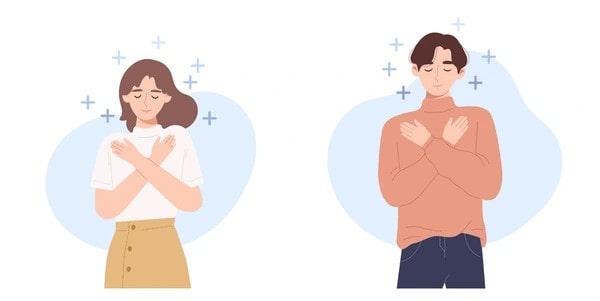
Individuals who often experience anxiety and stress or have PTSD can use this self-soothing technique to regulate their emotions.
How Does it Work?
Performing the technique is simple. To experience a sense of calmness, feel at ease, and reduce your anxiety and distress, just cross your palms and overlap your thumbs. This will create a butterfly-like structure. Now, bring your hands closer to your chest or shoulder and tap them rhythmically. This synchronized hand movement will create a calming effect, helping the nerves calm down and regulate emotional responses.
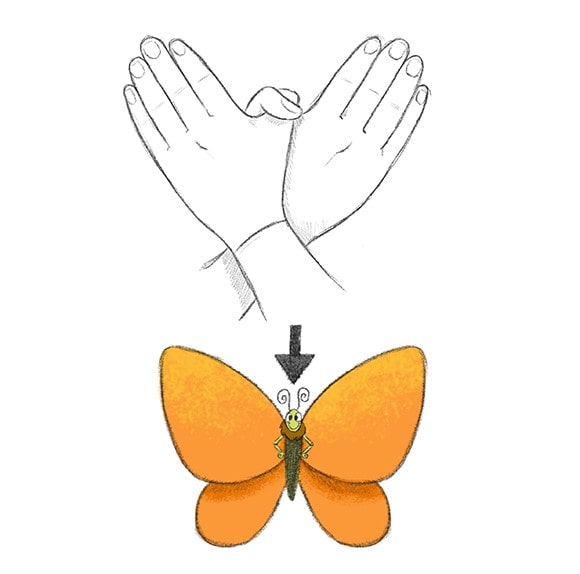
As you become aware of the hand movement, your focus is shifted to the present. This bodily awareness makes you forget about the stressful situation and helps find a solution.
How does the Butterfly Hug connect to the brain?
The brain is composed of two hemispheres – the left and right. The left hemisphere controls emotions and creativity, whereas the right hemisphere controls logic, patterns, and control. As you cross your palms and your body’s midline and then alternatively tap on both shoulders, bilateral stimulation is created, activating both hemispheres and helping regulate emotions and relax the individual.
How does This Technique help in Coping with PTSD Symptoms?
Individuals with PTSD often are triggered by unexpected and intense negative reactions to a familiar stimulus, resulting in getting overwhelmed, agitated, and reliving the memory that makes them feel the traumatic situation as it is happening in the present.
For example, seeing a bonfire can make them feel that they will get burned even though there is no immediate danger. The body’s automatic response will trigger the traumatic memory.
By creating a profound connection between mind and body, the butterfly technique addresses such triggers, relaxes the body, and makes the person feel calm. As the person taps on the shoulders, signals are sent to both the brain’s hemispheres, helping manage emotions and triggers, thus promoting more tranquil thoughts and emotions.
Benefits of Butterfly Technique for Anxiety and PTSD
1. Calms the nerves:
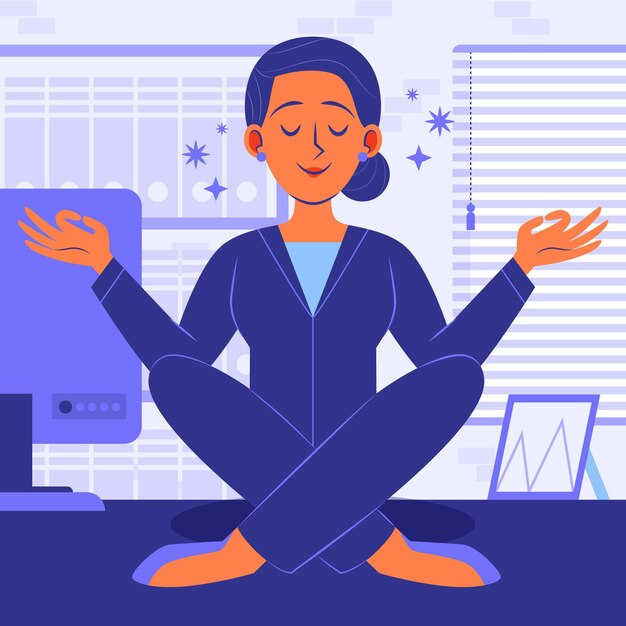
The rhythmic tapping of the palms either on the shoulder or chest brings a sense of calmness helping nerves to relax. As the focus shifts to the present, you become mindful of what’s happening and how you are feeling. This reduces the feeling of anxiety, and you are able to concentrate on the solution rather than the problem.
2. Makes one live in the present:
With the butterfly-like motion on either the chest or shoulders, you can focus on physical sensations. This shifts the focus from the problem and what might happen to what is happening. This means the grounding technique disconnects from what was bothering and helps connect with reality.
3. Bilateral Stimulation:
By tapping both shoulders simultaneously, individuals create a bilateral stimulation, activating both sides of the brain. This helps control emotions, promote balance, and make the person feel less anxious, which is particularly beneficial for those dealing with anxiety or PTSD.
4. Easy to follow:
One of the significant advantages of the Butterfly Hug Technique is its accessibility. It can be performed discreetly, anytime and anywhere. Whenever a person gets triggered, and the past traumatic experience disturbs or makes them feel anxious, they can practice the technique in public, at home, or at work and reduce the symptoms of anxiety and PTSD, thus efficiently managing these conditions.
5. Empowers the Individual:
To perform the Butterfly Hug technique, you do not need anyone. It is a self-administered practice that empowers individuals and makes them believe that they can do things on their own. As the technique is tangible, relating with it becomes easy and the results are also quick. This makes the individual feel confident and able to control their emotional state.
How to Perform the Butterfly Hug Technique
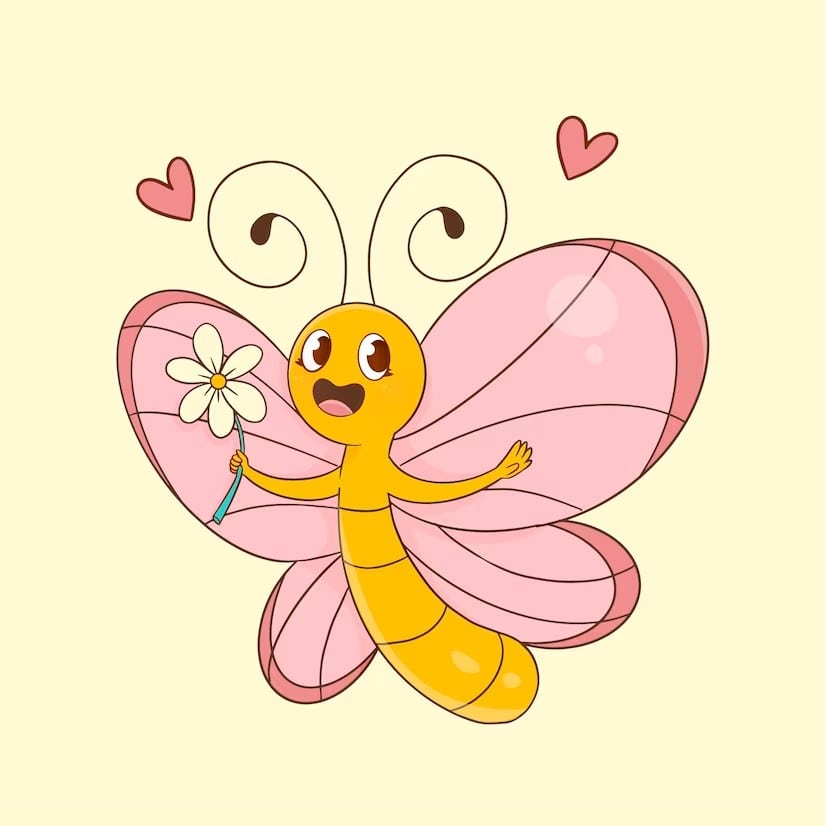
Anyone can easily follow this grounding technique. To perform it you need your hands and yourself. Also, while gently tapping on the shoulder or chest you need to take deep breaths. Here are the instructions to follow the technique.
Before you start, look for a quiet and comfortable place to sit or stand.
Now, follow these steps:
- Take a few deep breaths. Inhale from your nose and exhale through your mouth
- Next, face your palms towards yourself.
- Overlap one thumb over the other, making a butterfly-like shape.
- Now, bring the hands closer together to your chest and start tapping your shoulder. While doing so make sure the arms are crossed. It doesn’t matter which hand is above, what you need to do is gently keep tapping yourself in a rhythmic motion.
- Continue doing this for a minimum of 2-3 minutes or longer and keep the focus on the sensation. Keep breathing.
In a few minutes you will feel calm and will be able to disconnect yourself from the traumatic incident. As you feel relaxed, slow down the tapping and then sit quietly to observe any shifts in your mind or body.
Just trust it and your instincts, even if your mind wanders, bring the attention back to breathing, and continue tapping. You will benefit from the technique.
In addition, you can visualize the butterfly in your choice’s shape, color, and texture and feel like your friend who is the butterfly is comforting you.
The Magical Butterfly Hug Technique
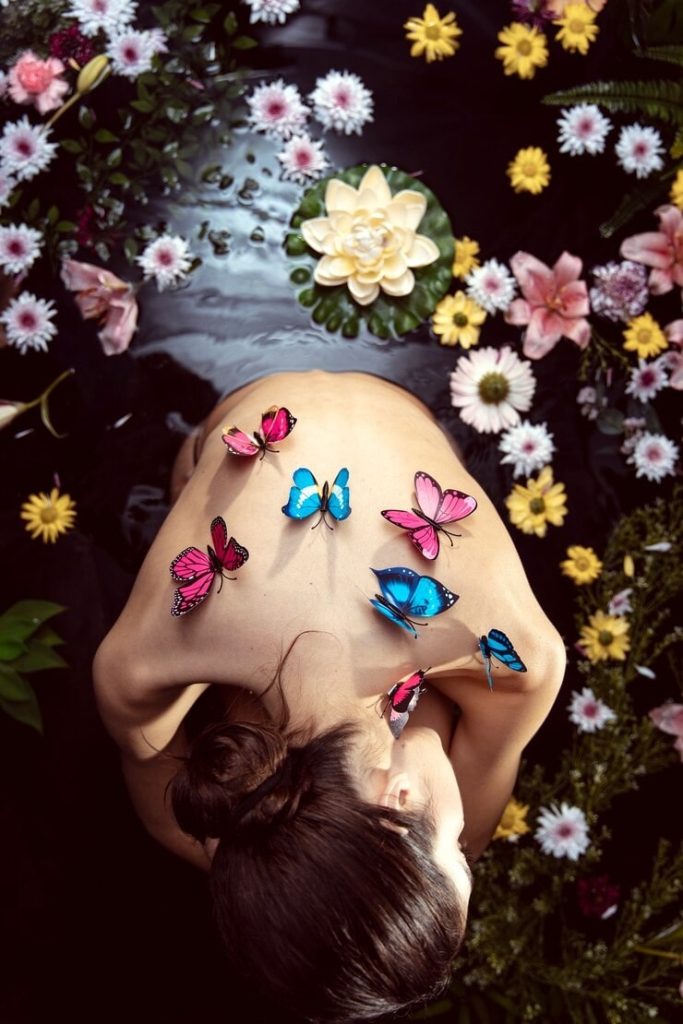
The butterfly technique is an excellent grounding technique, to calm down. But do not use it for prolonged stress as it might not be efficient. To deal with old wounds and anxiety disorder connecting with a psychologist or a professional mental health expert is recommended.
Grounding techniques are a part of therapy and they do help but if you are struggling with PTSD and anxiety for a long time go for a proper treatment. The therapist after determining what’s happening will devise a plan for you that will help manage anxiety and PTSD.
Certainly, the Butterfly hug technique can be a part of your self-care routine but it can’t be used as a substitute. This grounding technique will make you feel empowered and comfortable in your own skin. Experiment with this approach and observe how it complements your overall well-being.
So, keep practicing it to reap the benefits.






